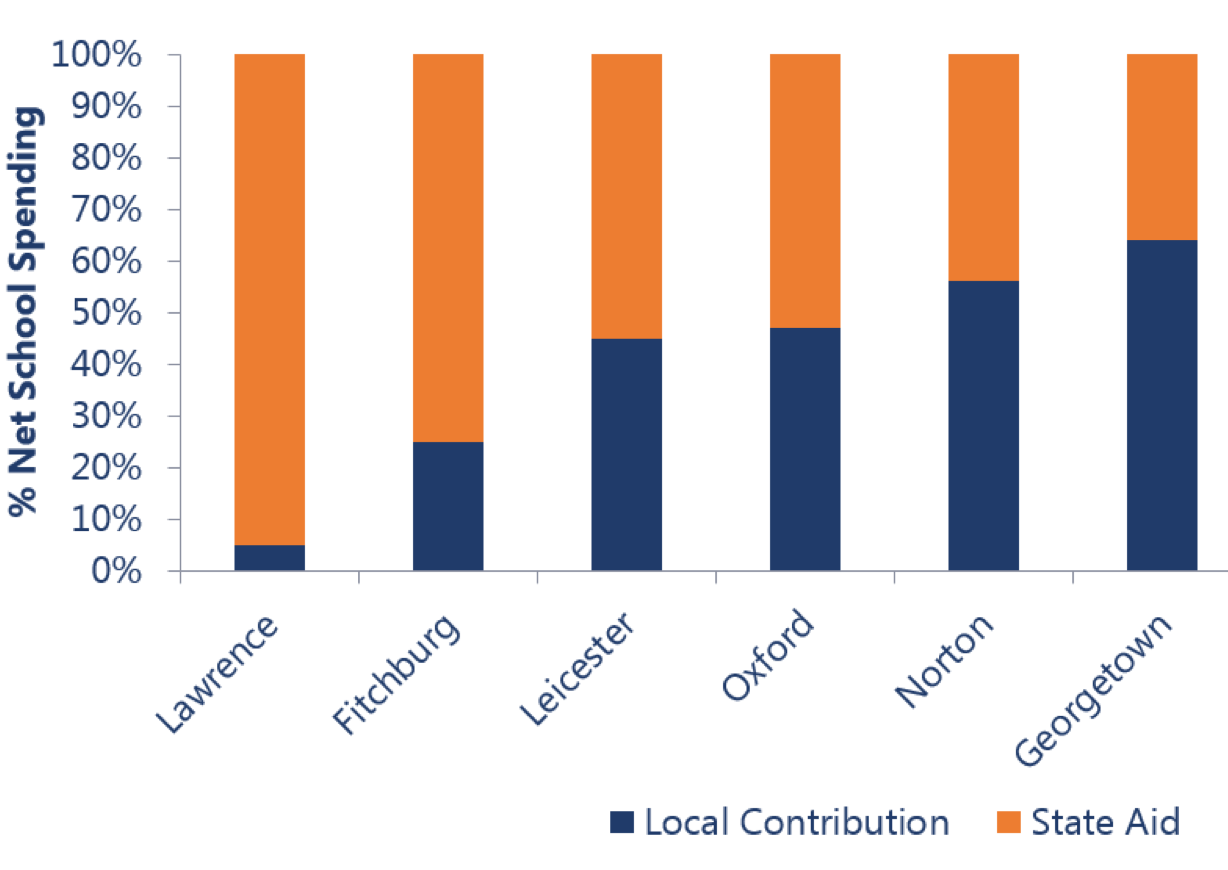There is a lot of momentum in this legislative session to change our local school aid formula and provide more aid to local schools. The new math will work differently for each of the three communities that I represent – Belmont, Boston and Watertown.
The state computes school aid to communities based on a formula with two parts: The first part, the “foundation budget”, is a computation of how much it should cost to provide an adequate education to the children living in a community. Once the foundation budget is computed, then there is a computation of how much of the foundation budget the community should be able to cover from its own resources. The state is then obliged to pay the rest.
The focus of current discussion is on the first part of the formula – the foundation budget. For the last couple of years, legislators have been in rough agreement on three adjustments to the foundation budget, reflecting rising costs for health care, special education and English language learning. Various estimates suggest that those adjustments for a community like Belmont, with some English language learners but few lower-income children, would result in an increase of between 20% and 25% in state aid.
Additionally, there is broad agreement that we need to do more to support lower-income children, especially in communities where they are concentrated. Children with less support at home need more support in the schools – they need more attention in class and more wrap-around services. The wide achievement gap between more and less advantaged schools remains one of our greatest public policy failures.
The reason the legislature failed to enact reforms in 2018 was a breakdown in negotiations about how much to increase the cost factors for lower-income children. Reasonable people can and do disagree about what it takes to make progress on the achievement gap. Negotiations continue in this session and appear to be moving in a good direction, but the range of possible outcomes remains broad. Watertown has a somewhat higher concentration of lower income students than Belmont and so its range of possible aid increases is wider, from 20% to 40%.
Getting a fair solution for Boston is one of the most important remaining challenges for education negotiators. Although Boston is has a high number of lower-income students, it also has a great tax base. The distribution formula treats it the same as Belmont and Watertown – requiring the state to pay only 17.5% of education costs. However, for historical reasons, Boston receives school aid of roughly 25% of education costs. So, before Boston would feel any increase from the adjustments to the foundation budget, they would have to raise state aid enough to go above the historically-based level. As a result, outcomes for Boston range widely, from virtually no increase to a very substantial increase.
The Senate budget for the coming fiscal year offers school aid increases that equate to roughly 1/7 of the ultimate adjustments, consistent with a 7 year phase-in of the adjustments. That is an historically large increase and as much as we can afford right now. The number of years to full phase-in and how to frame the commitment to phasing are both still unagreed at this time, but I am hopeful that resolution will be reached in the coming months.
I remain very committed to supporting quality education for all of the children of the Commonwealth and I am eager to hear from people at William.brownsberger@masenate.gov or 617-722-1280. Additional information about education funding appears at willbrownsberger.com.
Video Overview — Senator Brownsberger
Additional Resources
- Overview from Senator Jason Lewis — PDF of powerpoint presentation (download or hear Senator Lewis give his presentation as video)
- McDuffy Decision — mandate for education reform, well worth reading for historical context
- What’s wrong with Chapter 70 — Will Brownsberger’s analysis of 2006 distribution reforms and implementation
- Department of Elementary and Secondary Education Chapter 70 Resources
- Foundation Budget Review Commission report
- FY2020 Local Aid Numbers — comparison, Senate Ways and Means Budget detail


Thank you for your representation and help and support.
Will Watertown receive any additional aid due to the number of residents who move here so that their children can attend Perkins? I hear that this is a large burden for Watertown tax payers.
Yes, special ed is especially expensive for Watertown.
In the Senate budget, we provided a substantial (13%, $672K) increase in Chapter 70 aid for Watertown. We also fully funded the special education circuit breaker which helps with all the Perkins placements, providing roughly $2 million in reimbursement for Watertown. In some prior years, we have included a special reserve for cities and towns with high special education populations — Watertown got a share of a pot that went as high as $500K in some years. In this year, I have put my advocacy energy on the bigger ticket items: Getting a good chapter 70 increase and fully funding the circuit breaker and the senate budget does not include that special reserve.